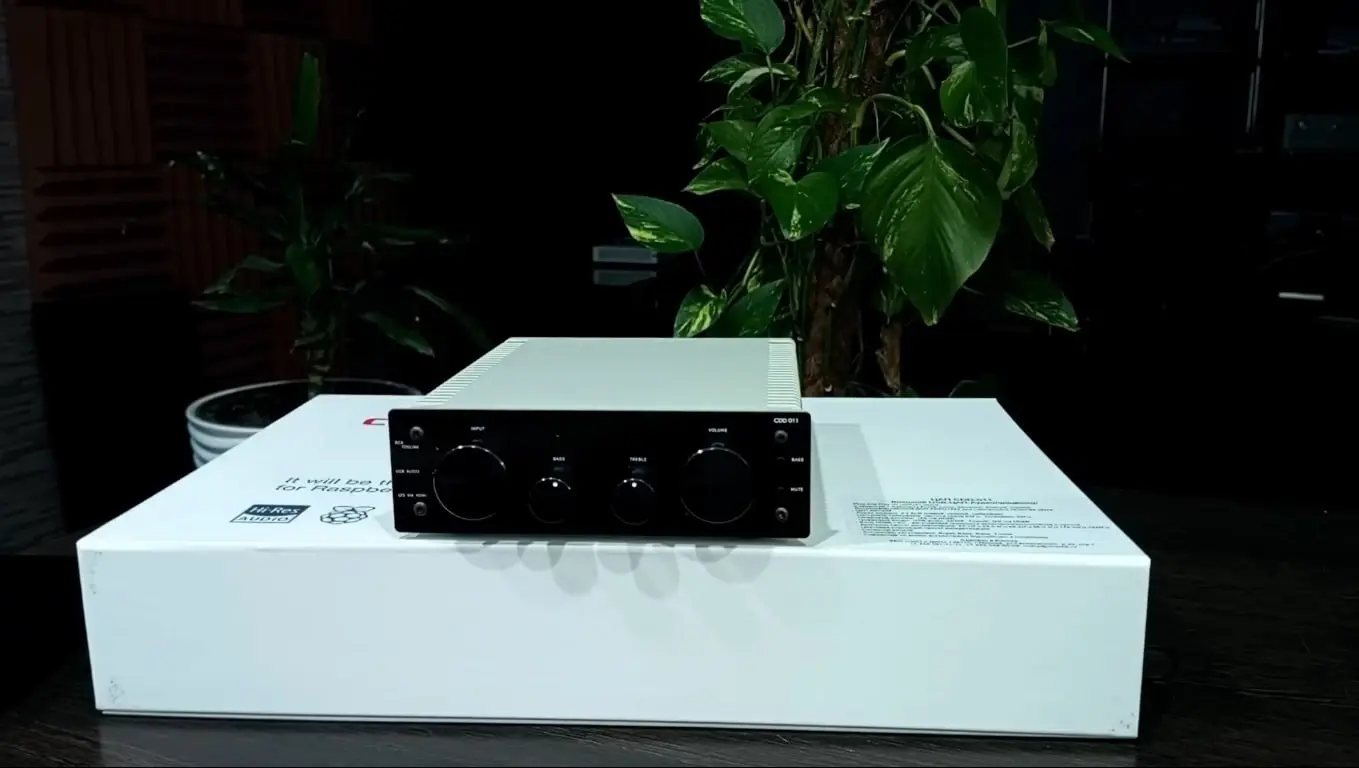
Headphone Lover like me? As we all know that DACs (Digital-to-Analog Converter) amplifiers play an important role in converting digital audio signals into analog signals. The performance of your DAC amplifier can significantly impact your listening experience. To ensure you’re getting the most out of your audio equipment, it is essential to test the DAC amplifier effectively. In this guide, I’ll explain the best methods for testing your DAC amplifier to evaluate its quality, performance, and functionality. I am writing this guide because the steps written below I have first tested and after that, I am writing this guide as on my experience.
1. Why Testing Your DAC Amplifier Is Important
A DAC amplifier ensures that high-quality digital audio is transformed into analog signals that your headphones or speakers can reproduce. Testing your DAC amplifier is crucial for:
- Ensuring Audio Clarity: Verify that the DAC amplifier is providing clear, crisp sound without distortion.
- Maximizing Performance: Confirm that the amplifier is working at its full potential, especially if you’ve invested in high-end equipment.
- Troubleshooting: Identify any issues that may be causing subpar audio performance, such as poor signal quality or noise.
Check Out: Best DACs Under $200
2. Key Factors to Consider When Testing a DAC Amplifier
When testing a DAC amplifier, focus on several factors that directly impact sound quality and performance. Here’s a breakdown of what to look for:
2.1 Sound Quality
The most critical factor when testing your DAC amplifier is the overall sound quality. Here’s how to evaluate it:
- Clarity: The sound should be clean and clear, with no distortion. Listen for any unwanted noise or hum.
- Frequency Response: Ensure that all frequency ranges (bass, midrange, and treble) are reproduced accurately. High-end DAC amplifiers should offer a wide frequency range.
- Separation of Instruments: A high-quality DAC should produce a well-defined soundstage where instruments are easily distinguishable.
- Dynamic Range: The DAC amplifier should reproduce both quiet and loud sounds clearly, maintaining dynamic range without clipping or distortion.
2.2 Volume Output and Gain Control
Check how well your DAC amplifier handles volume levels:
- Loudness: Play various tracks at different volume levels to check how the amplifier handles loudness. It should not introduce distortion as the volume increases.
- Gain Control: Ensure that the amplifier’s gain control offers a smooth transition between different volume levels. Harsh jumps or inconsistencies could indicate an issue with the amplifier.
2.3 Connectivity and Compatibility
Test the connectivity and compatibility of your DAC amplifier:
- Input Compatibility: Make sure your DAC amplifier is compatible with various input devices, including computers, smartphones, and CD players.
- Output Compatibility: Check the output options (e.g., 3.5mm, RCA, optical, or coaxial) to ensure compatibility with your headphones or speakers.
- Driver/Software: Some DAC amplifiers require specific drivers or software for operation. Verify that your amplifier’s software is up-to-date and working correctly.
2.4 Distortion and Noise
One of the most common issues with DAC amplifiers is the introduction of distortion or noise into the signal. Here’s how to test it:
- Distortion: Listen carefully for any distortion when playing music at high volumes. A good DAC amplifier should maintain clarity even at high output levels.
- Noise: Check for any background noise or humming sounds when the system is idle. Any unwanted noise can indicate issues with grounding, poor circuitry, or improper shielding.
2.5 Power Consumption and Heat Management
Check the power consumption and heat produced by your DAC amplifier:
- Power Usage: Test the power consumption to ensure that the amplifier operates efficiently. Excessive power usage may indicate inefficiency or malfunction.
- Heat Generation: A well-designed DAC amplifier should not overheat during extended use. If the device becomes too hot, it could indicate inadequate cooling or internal issues.
3. How to Test Your DAC Amplifier: Step-by-Step Process
Follow these steps to perform a comprehensive test on your DAC amplifier:
Step 1: Connect the DAC Amplifier to Your Source
Begin by connecting your DAC amplifier to the audio source device. This could be a computer, smartphone, or digital music player. Use appropriate cables and ensure the input device is properly configured to send digital signals to the DAC.
Step 2: Play High-Quality Audio Tracks
Choose high-quality audio tracks for testing. Opt for lossless formats such as FLAC or WAV to ensure you’re hearing the full quality of the DAC amplifier’s capabilities. Play a variety of genres to test different aspects of sound, such as bass-heavy tracks, classical music for clarity, and vocal-heavy songs for midrange testing.
Step 3: Test the Volume and Gain Control
Adjust the volume and gain on the DAC amplifier to test its responsiveness. Ensure that the volume increases and decreases smoothly, without any abrupt jumps. Pay attention to whether the sound remains clear and distortion-free at both low and high volumes.
Step 4: Evaluate the Sound Quality
Now, focus on the audio quality by listening carefully to the following:
- Bass: Check if the bass is tight and controlled without any muddiness.
- Midrange: Listen for clarity in the midrange frequencies. A good DAC amplifier should provide clear vocals and instrument separation.
- Treble: Ensure the treble is crisp and bright but not harsh or piercing.
- Soundstage: Test the stereo separation by listening to a track with multiple instruments playing in different positions. A good DAC amplifier should present a well-defined soundstage.
Step 5: Test for Distortion and Noise
Play louder tracks and listen carefully for any distortion. Reduce the volume and check if there is any background hum or noise. Good DAC amplifiers should remain silent during idle periods, with no noticeable hiss or hum.
Step 6: Test Connectivity and Compatibility
Switch between different input and output sources to verify that all connections work as expected. Check whether your headphones or speakers are receiving the signal properly.
Step 7: Measure Power Consumption and Heat Generation
If possible, use a power meter to measure the DAC amplifier’s power consumption. Also, test the amplifier’s heat generation after prolonged use to ensure it stays within safe operating limits.
4. Common Issues to Look Out For
While testing your DAC amplifier, you may encounter several common issues:
- Interference: If you hear static or buzzing sounds, check for electromagnetic interference. Ensure your amplifier is properly shielded.
- No Sound: If there’s no sound, double-check the connections and make sure the device is powered on. Also, check the volume settings and ensure they are correctly adjusted.
- Overheating: If your amplifier gets too hot, it could be a sign of poor ventilation or faulty components.
5. Final Thoughts
Testing your DAC amplifier is a critical process to ensure you’re getting the best performance from your audio equipment. By carefully evaluating sound quality, checking for distortion and noise, and verifying the amplifier’s compatibility and connectivity, you can identify any potential issues before they affect your listening experience.
Regular testing will also help you keep your DAC amplifier running at optimal levels, ensuring that you enjoy high-quality audio for years to come. Whether you’re a casual listener or an audiophile, understanding how to test and evaluate your DAC amplifier is essential to achieving the best sound experience possible.



